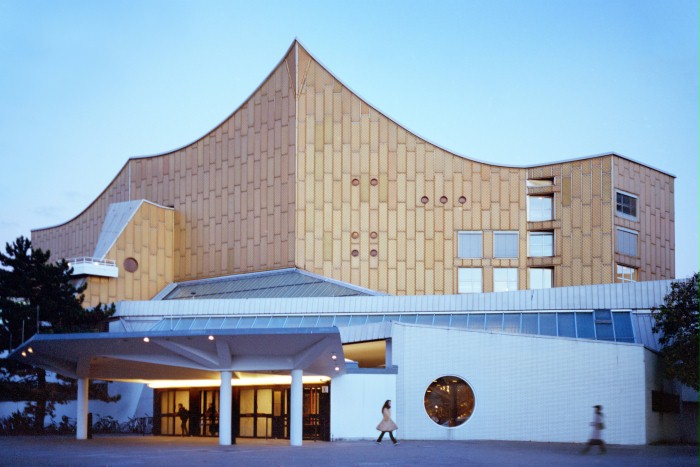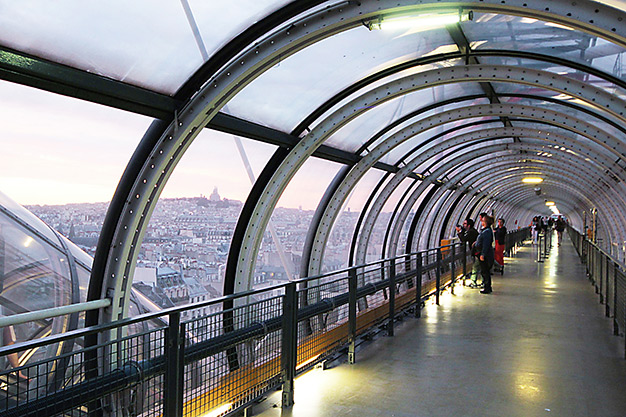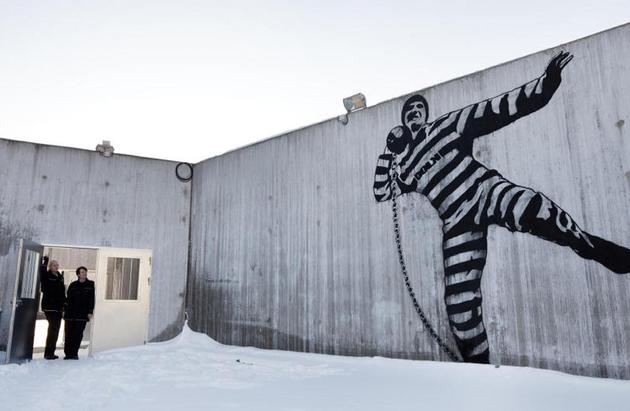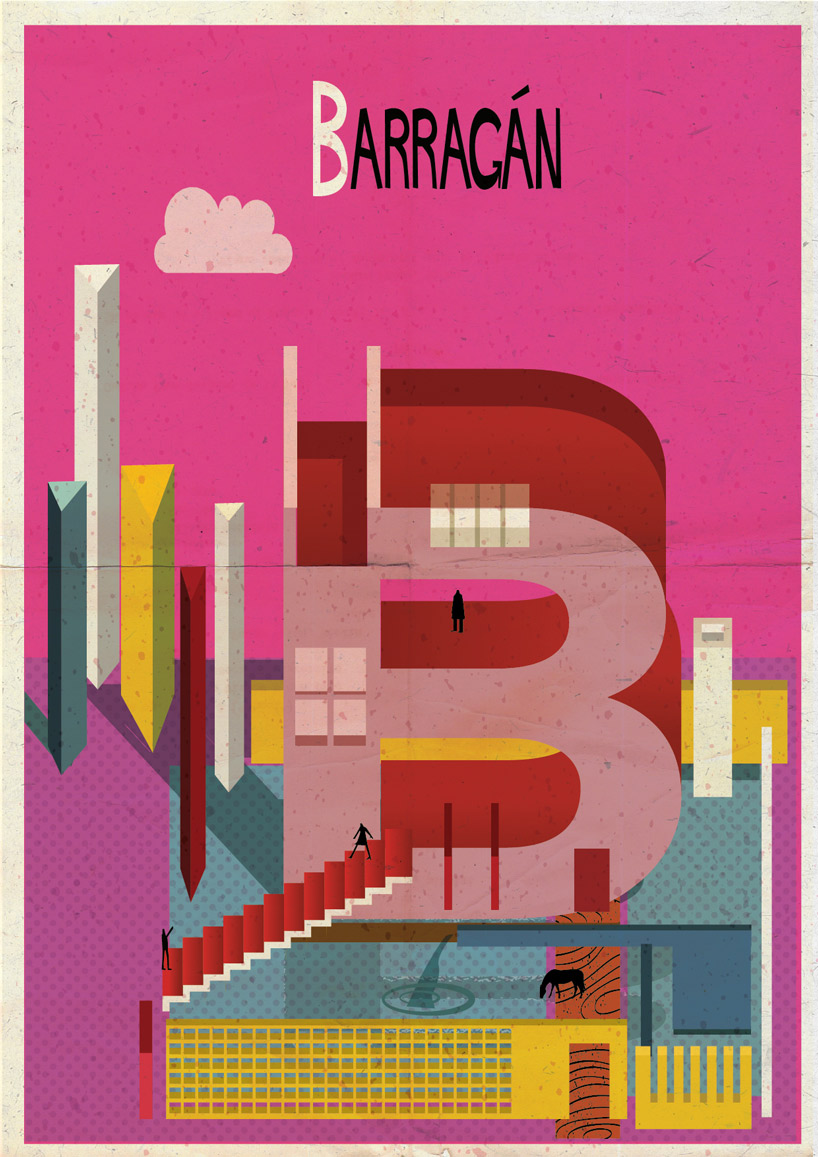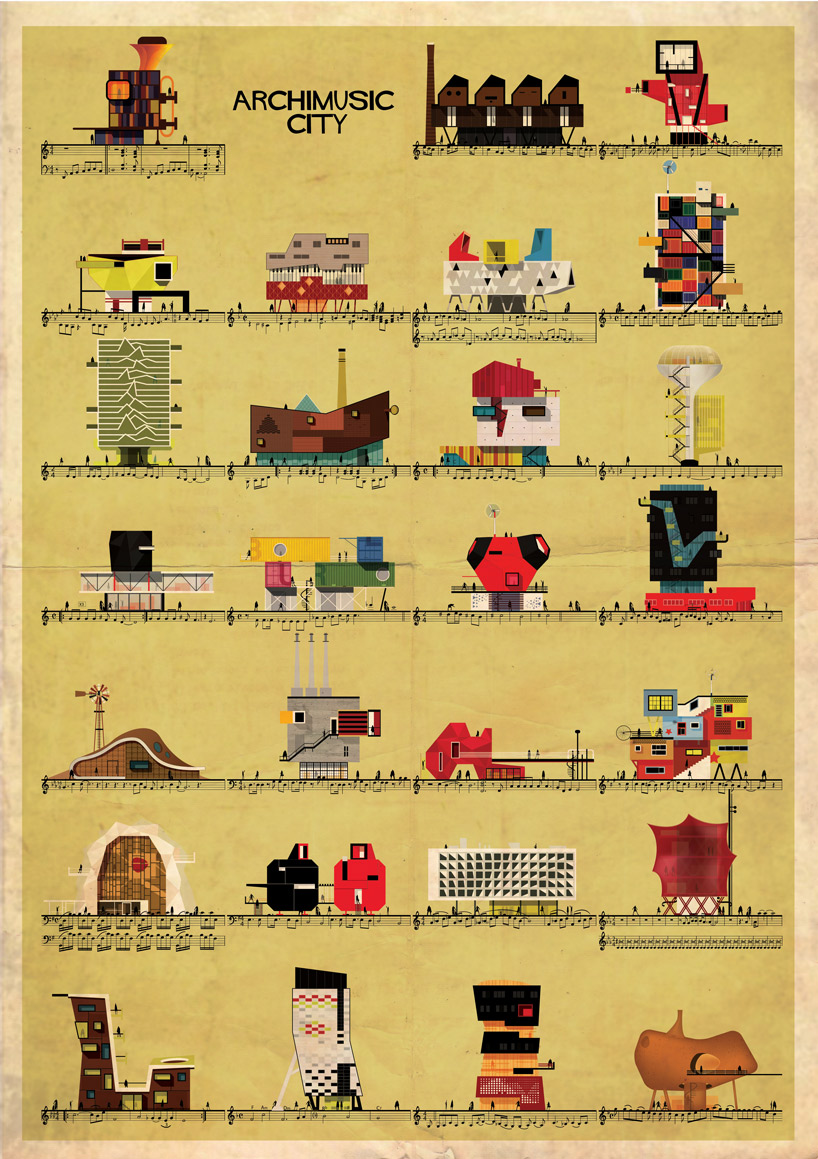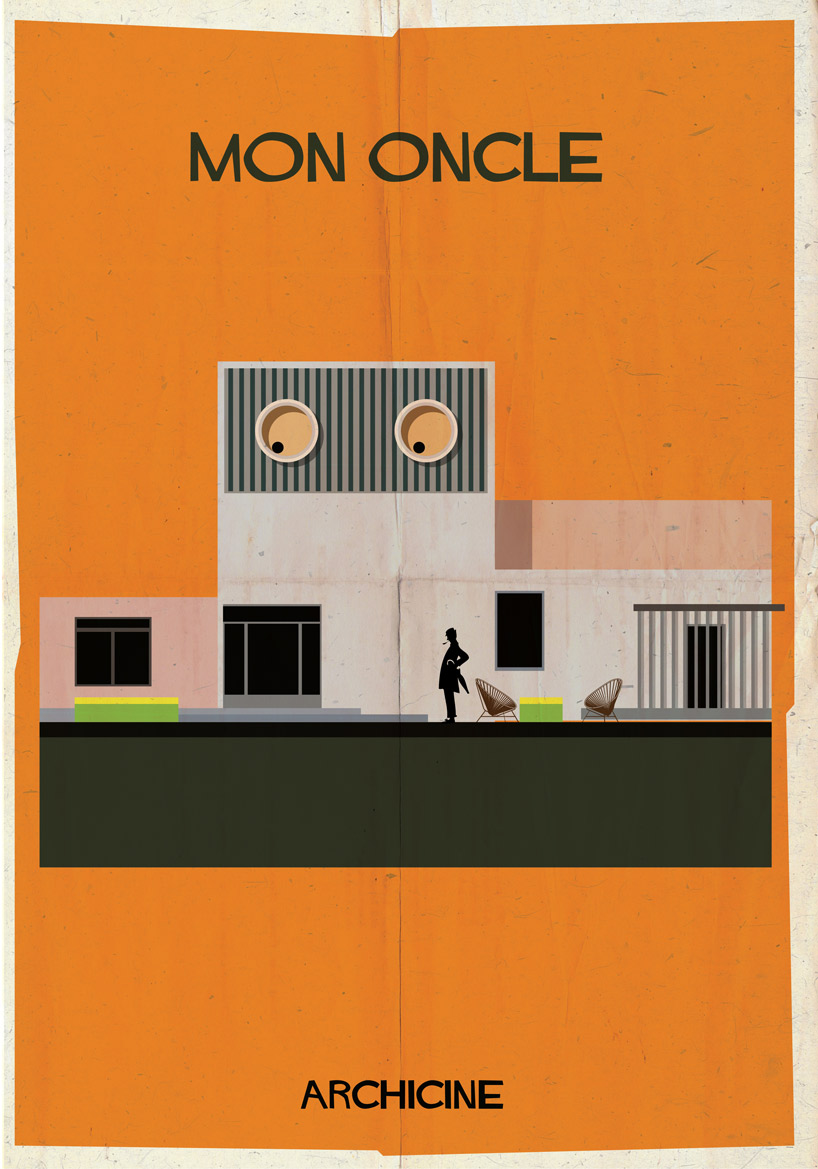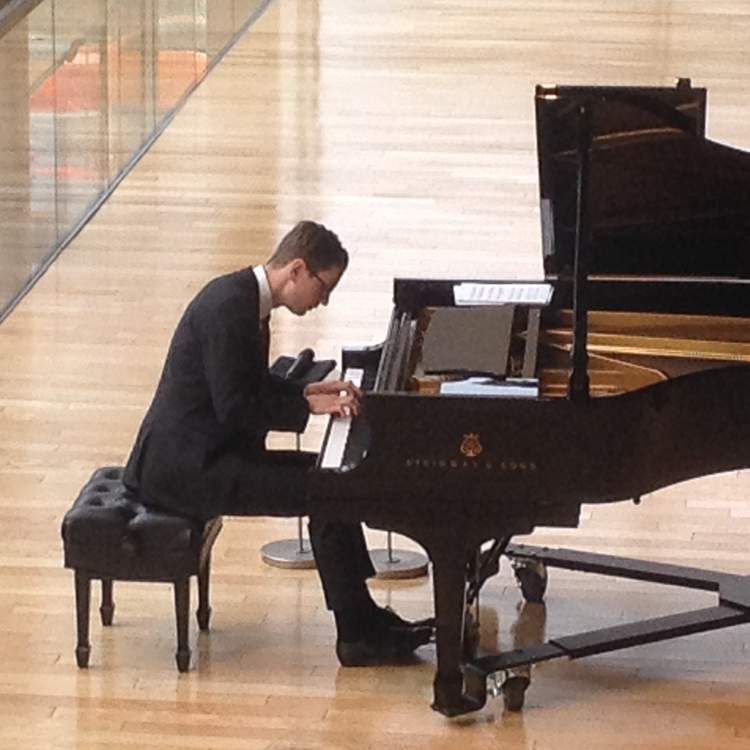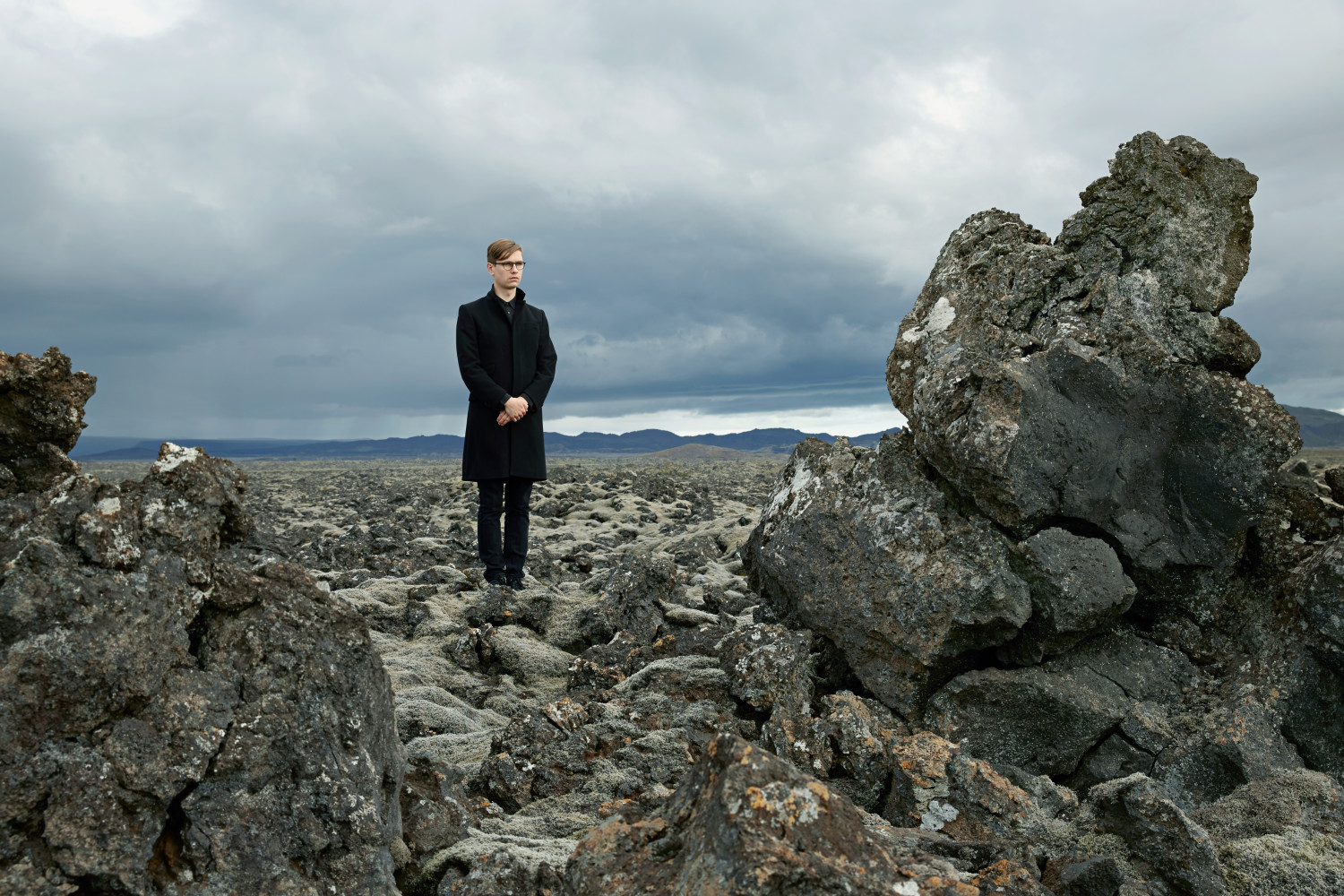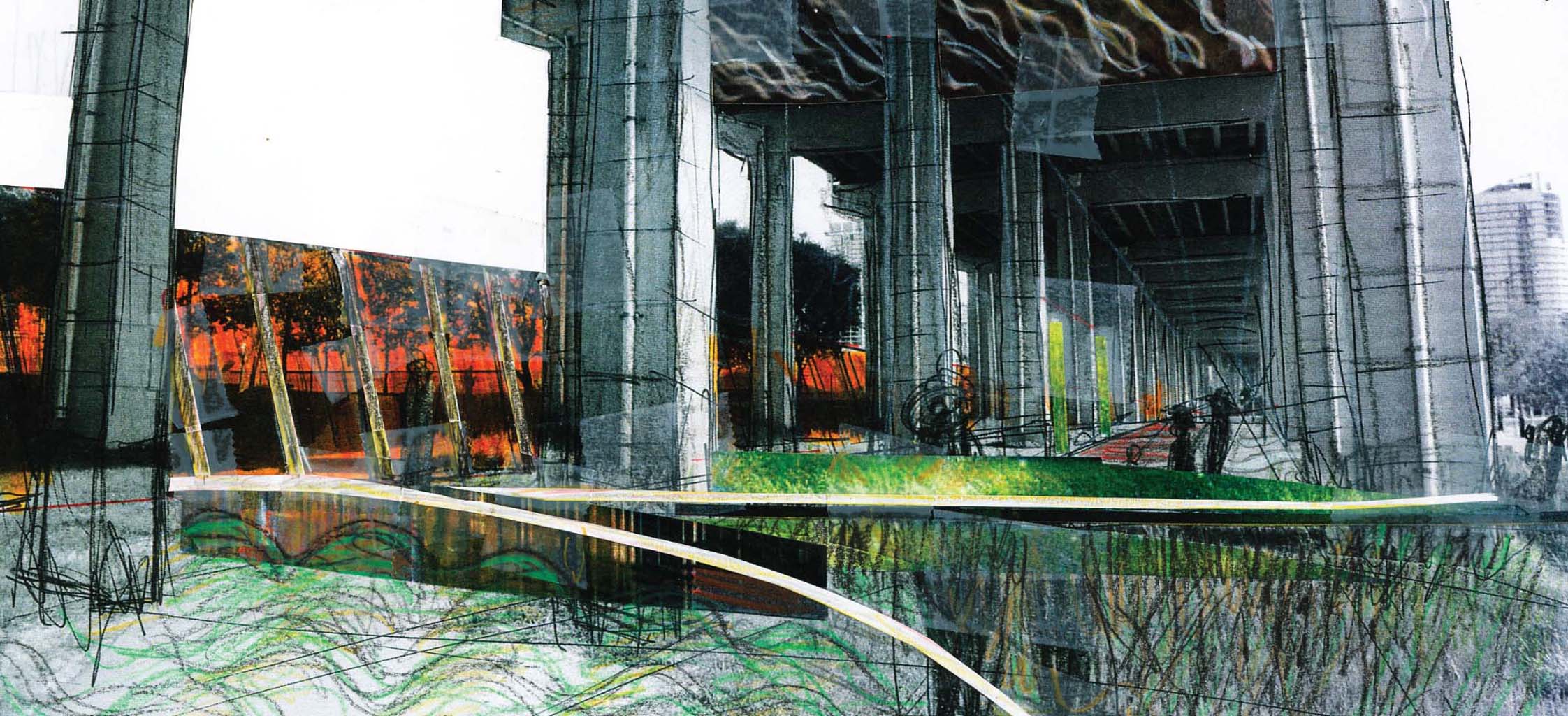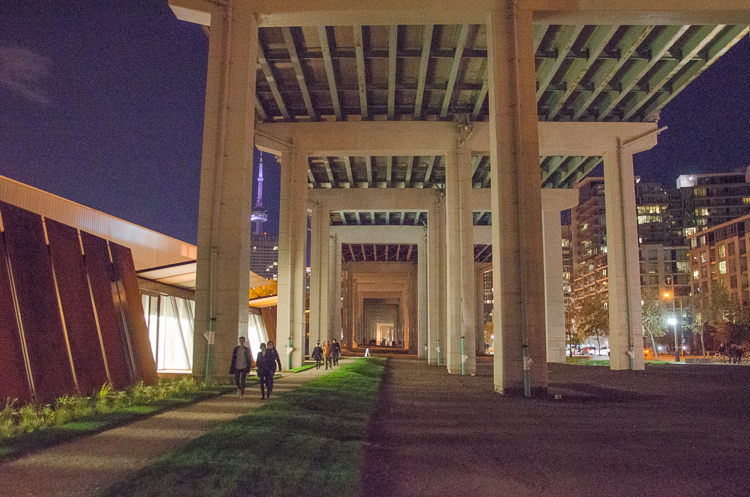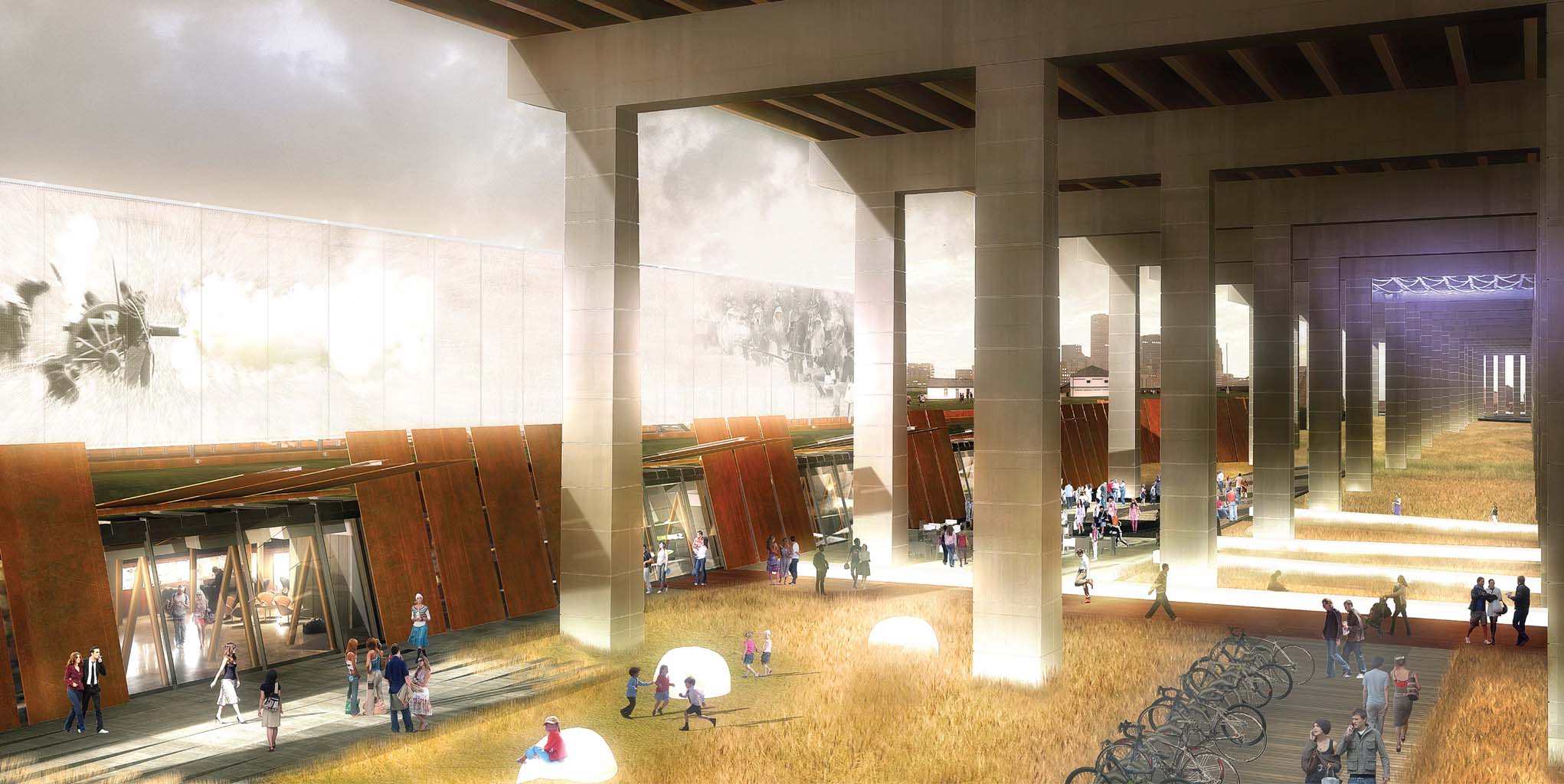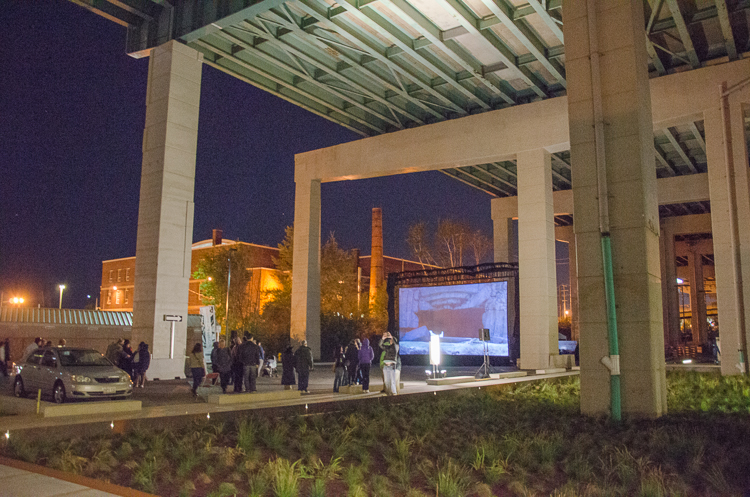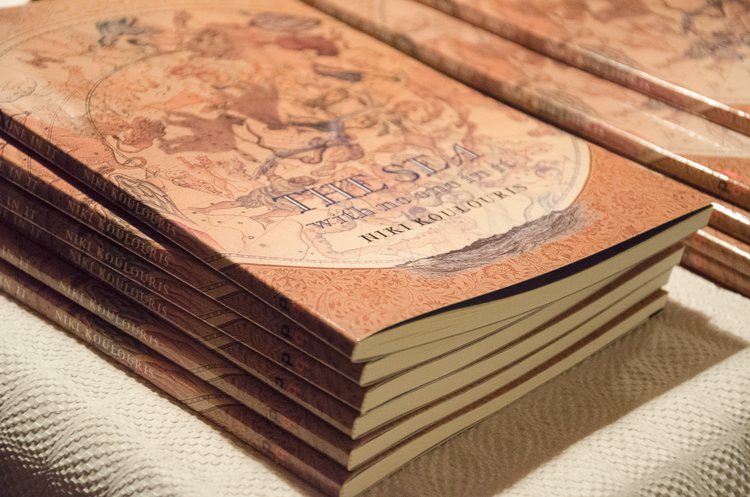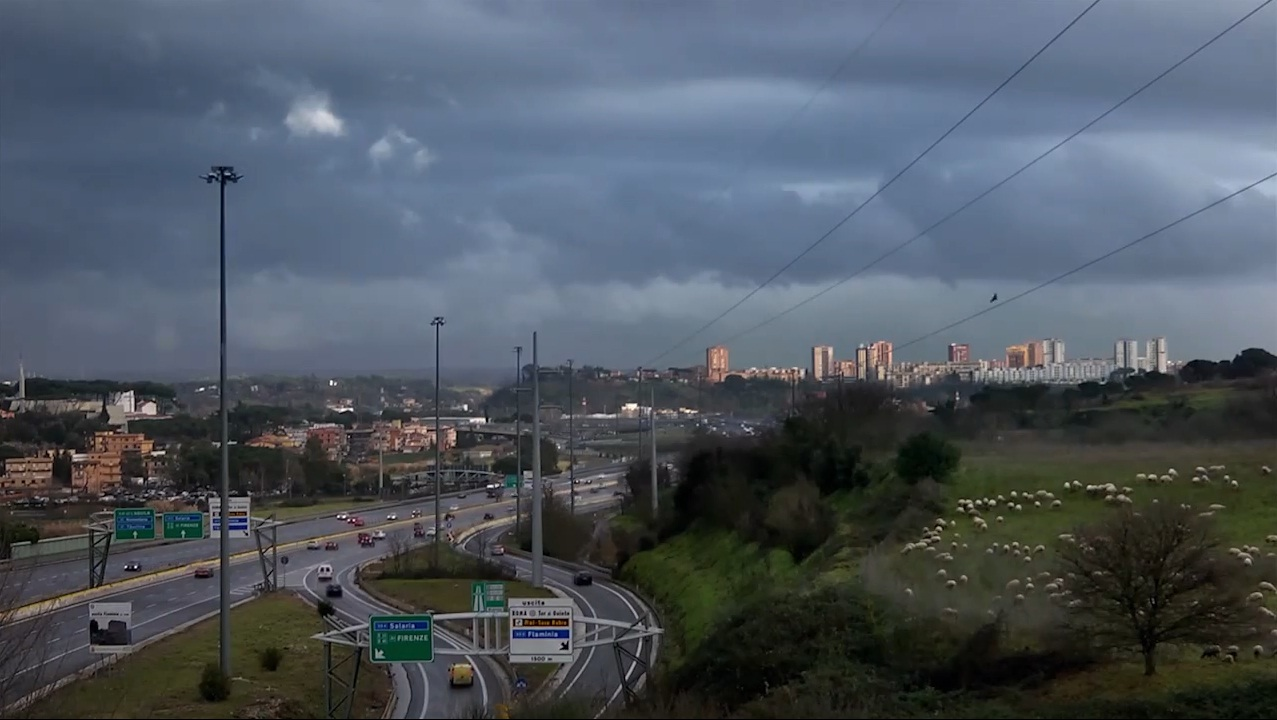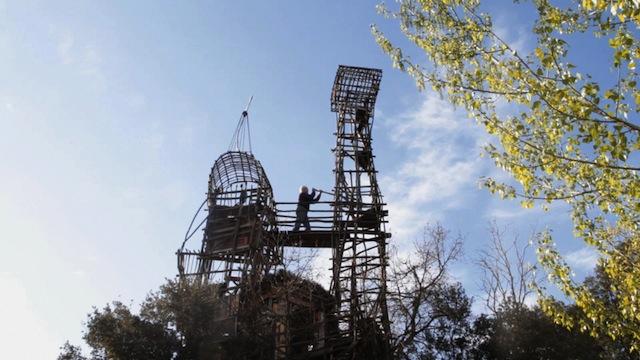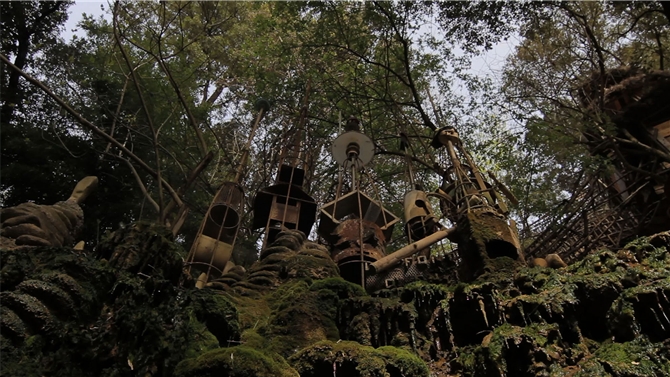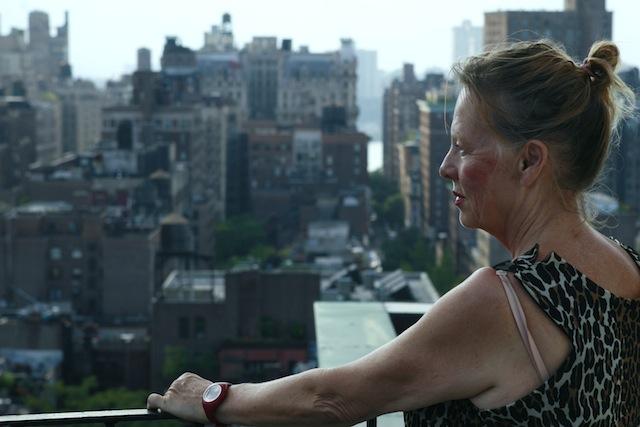 It is art, collaboration, dialogue, and discovery. For one night only this Saturday October 4th from sunset to sunrise, Toronto will once again become the hive of activity that is Nuit Blanche. City spaces and neighbourhoods will be transformed by temporary exhibitions, installations, design, film, performance, and live talks.
It is art, collaboration, dialogue, and discovery. For one night only this Saturday October 4th from sunset to sunrise, Toronto will once again become the hive of activity that is Nuit Blanche. City spaces and neighbourhoods will be transformed by temporary exhibitions, installations, design, film, performance, and live talks.
Nuit Blanche was conceived in Paris in 2002 in an attempt to make contemporary art more accessible and engage the audience to examine its impact on public space. Toronto was the first North American city to fully replicate the Paris model. The international success of the festival has expanded its reach to sleepless cities around the globe – from Riga to Melbourne, Kyoto to La Paz.
Now in its ninth edition, Toronto’s Scotiabank Nuit Blanche showcases more than 120 projects created by over 400 local, national and international artists. Below is a small sampling of what you can discover…
Piece by Piece
Clare Twomey

Internationally renowned for her interactive interventions in prestigious British and American museums, Clare Twomey creates a spectacular commissioned performative installation about making and collecting, to honour the Gardiner Museum’s 30th anniversary. Piece by Piece features an army of over 2,000 ceramic figurines – inspired by the Gardiner’s rare Commedia dell’Arte Harlequin collection – that demonstrate the conflicting emotions of everyday life. During the exhibition, her Canadian premiere, an on-site artist/maker will create more statuettes to add to the ever-growing ghostly white world.
The Garden of Renova
Luigi Ferrara and The Institute without Boundaries
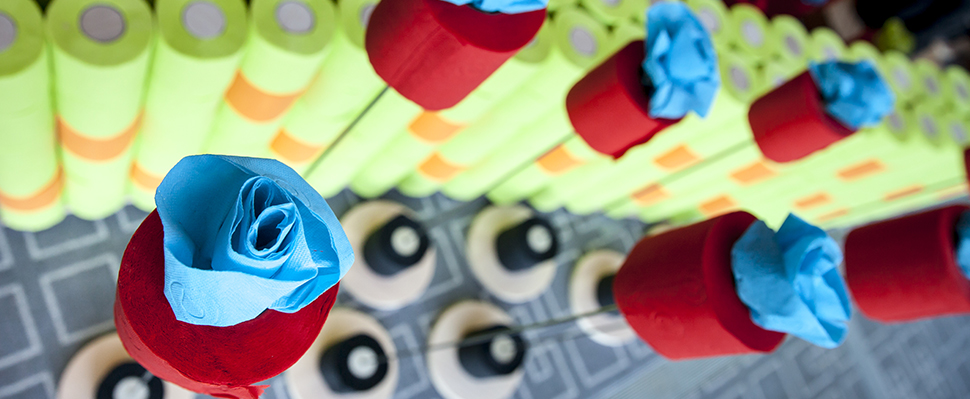 Renova’s coloured and scented toilet paper line is the raw material in a temple-like environment reminiscent of a garden of earthly delights. Using the bathroom tissue over substructures, the installation features a labyrinth, hedges, poppies, garden ornaments, and a 3D-printed fountain. Creator Luigi Ferrara, Dean of the Centre for Arts and Design at George Brown College, and his team at IwB invite the public to interact with the paradise surroundings.
Renova’s coloured and scented toilet paper line is the raw material in a temple-like environment reminiscent of a garden of earthly delights. Using the bathroom tissue over substructures, the installation features a labyrinth, hedges, poppies, garden ornaments, and a 3D-printed fountain. Creator Luigi Ferrara, Dean of the Centre for Arts and Design at George Brown College, and his team at IwB invite the public to interact with the paradise surroundings.

LandMark
Multiple Artists
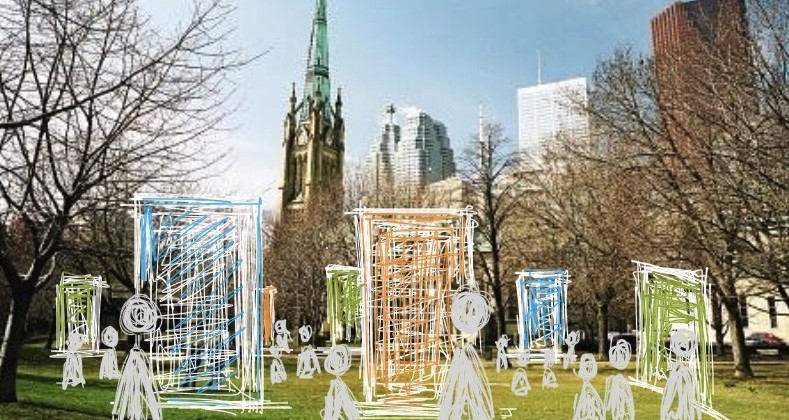 Curated by Exhibit Change, LandMark is an interactive photographic installation focused on the dynamic nature of community engagement and city building. Large-scale photo essays showcased throughout St. James Park share stories of some of the city’s unsung heroes and reveal the many layers of Old Town Toronto’s history. The initiative seeks to strengthen community partnerships in the St. Lawrence Market neighbourhood.
Curated by Exhibit Change, LandMark is an interactive photographic installation focused on the dynamic nature of community engagement and city building. Large-scale photo essays showcased throughout St. James Park share stories of some of the city’s unsung heroes and reveal the many layers of Old Town Toronto’s history. The initiative seeks to strengthen community partnerships in the St. Lawrence Market neighbourhood.
Walk among Worlds
Máximo González
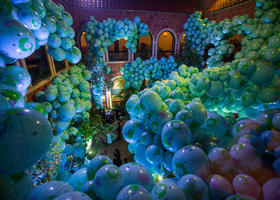 In this immersive installation Argentine artist Máximo González explores the effects of light and lightness, while reflecting on the political divisions of the world. The piece is composed of 7,000 beach balls printed to resemble globes; each representing one million of the inhabitants of the planet. The globes, made of a petroleum derivative, require the introduction of human breath to give them their geoidal shape. They come in three different sizes, alluding to the concepts of “first” and “third world.”
In this immersive installation Argentine artist Máximo González explores the effects of light and lightness, while reflecting on the political divisions of the world. The piece is composed of 7,000 beach balls printed to resemble globes; each representing one million of the inhabitants of the planet. The globes, made of a petroleum derivative, require the introduction of human breath to give them their geoidal shape. They come in three different sizes, alluding to the concepts of “first” and “third world.”
Good News
Antoni Muntadas
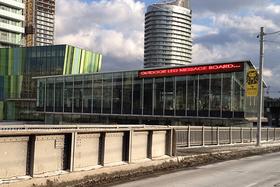 Barcelona-based Antoni Muntadas is considered one of the pioneers of media art and conceptual art in Spain. This installation examines the duality of media as a source of information and an instrument of manipulation. The piece displays a wide range of headlines in order to incite the viewer into rethinking the meaning of the messages, creating a defiance in the uniformly constructed "media flow". A stream of information engineered by advertisers is to be consumed as a whole.
Barcelona-based Antoni Muntadas is considered one of the pioneers of media art and conceptual art in Spain. This installation examines the duality of media as a source of information and an instrument of manipulation. The piece displays a wide range of headlines in order to incite the viewer into rethinking the meaning of the messages, creating a defiance in the uniformly constructed "media flow". A stream of information engineered by advertisers is to be consumed as a whole.
Melting Point
LeuWebb Projects
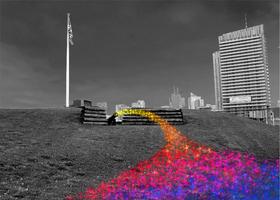 In the sound and light installation Melting Point, Fort York's two south-facing cannons are stocked with "an artillery of glowing good feelings", pouring forth "sparkling tributaries of light". The work reflects on the drivers, both cultural and natural, that have shaped the historic site – a preserved battlefield surrounded on all sides by condominium towers, raised freeways and train lines. Accompanied by the immersive sounds of rolling waves and trilling harps, LeuWebb's project lays a defense against the swirling market forces beyond, countering hard with soft and dark with light.
In the sound and light installation Melting Point, Fort York's two south-facing cannons are stocked with "an artillery of glowing good feelings", pouring forth "sparkling tributaries of light". The work reflects on the drivers, both cultural and natural, that have shaped the historic site – a preserved battlefield surrounded on all sides by condominium towers, raised freeways and train lines. Accompanied by the immersive sounds of rolling waves and trilling harps, LeuWebb's project lays a defense against the swirling market forces beyond, countering hard with soft and dark with light.
Solar Dehydrator
José Andrés Mora
 Toronto Hydro searched for artists to submit proposals for a contest to repurpose an old fridge, in support of their Fridge & Freezer Pickup program. Mora’s winning design, inspired by the appliance’s already existing insulation and components, transforms the refrigerator into a solar dehydrator.
Toronto Hydro searched for artists to submit proposals for a contest to repurpose an old fridge, in support of their Fridge & Freezer Pickup program. Mora’s winning design, inspired by the appliance’s already existing insulation and components, transforms the refrigerator into a solar dehydrator.
Project REACH
Student artists from the Toronto Catholic District School Board
 Project Reach is a collaborative installation authored by students from 201 TCDSB schools across the GTA celebrating the value of charity and how it transforms lives. Visitors are greeted with hundreds of human hands – symbol of our ability to reach out and change the world. They beckon us to come closer to discover what these students want to communicate through personal messages, imagery, and found objects.
Project Reach is a collaborative installation authored by students from 201 TCDSB schools across the GTA celebrating the value of charity and how it transforms lives. Visitors are greeted with hundreds of human hands – symbol of our ability to reach out and change the world. They beckon us to come closer to discover what these students want to communicate through personal messages, imagery, and found objects.
Implied Geometries
Valerie Arthur
 In Implied Geometries, Valerie Arthur seeks to uncover the otherwise invisible characteristics of a place. By simultaneously recreating all of the flight paths in a series of tennis games it will reveal the space within the court as much more than an empty void. The court will become a web of movement and speed, exposing the underlying forces that truly define it and inviting the audience to experience moving through the courts in a new way.
In Implied Geometries, Valerie Arthur seeks to uncover the otherwise invisible characteristics of a place. By simultaneously recreating all of the flight paths in a series of tennis games it will reveal the space within the court as much more than an empty void. The court will become a web of movement and speed, exposing the underlying forces that truly define it and inviting the audience to experience moving through the courts in a new way.
Wisdom of the North: Moose Cree and Attawapiskat
Johan Hallberg-Campbell
 This exhibition presents a photo essay documenting the time artist Johan Hallberg-Campbell spent alongside the Canadian Red Cross, photographing volunteers working in the communities of Moose Cree and Attawapiskat. These images include engaging large portraits, vast landscapes and touching personal moments captured by one of Canada's leading photographers.
This exhibition presents a photo essay documenting the time artist Johan Hallberg-Campbell spent alongside the Canadian Red Cross, photographing volunteers working in the communities of Moose Cree and Attawapiskat. These images include engaging large portraits, vast landscapes and touching personal moments captured by one of Canada's leading photographers.
Global Rainbow
Yvette Mattern
 The high specification laser light projection Global Rainbow will blaze through Toronto’s night sky. From Chinatown to the CN Tower, it will cast beams of colours up to 60 kilometres. Created by New York- and Berlin-based artist Yvette Mattern, it has been displayed in cities around the world since 2009. It literally "paints the sky" with seven simple but distinctly powerful lines of colour representing the rainbow spectrum to create an artwork that is performative, sculptural, painterly, and minimalist in form. As a powerful and luminescent symbol of peace and hope, it embraces geographical and social diversity.
The high specification laser light projection Global Rainbow will blaze through Toronto’s night sky. From Chinatown to the CN Tower, it will cast beams of colours up to 60 kilometres. Created by New York- and Berlin-based artist Yvette Mattern, it has been displayed in cities around the world since 2009. It literally "paints the sky" with seven simple but distinctly powerful lines of colour representing the rainbow spectrum to create an artwork that is performative, sculptural, painterly, and minimalist in form. As a powerful and luminescent symbol of peace and hope, it embraces geographical and social diversity.
June Callwood Park
gh3
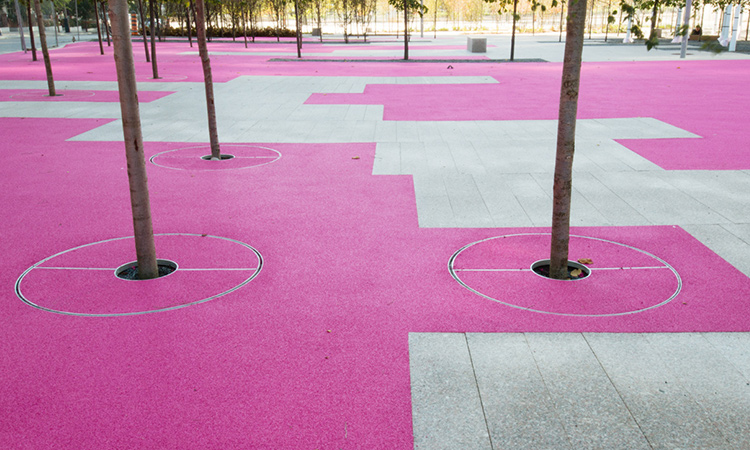
Amongst Nuit Blanche’s one-night-only discoveries is the opening of a new permanent space in the city, the June Callwood Park. The gH3-designed park slots trees in amongst pavers, garden strips, and high-tech cushioned pink surfaces all laid out in the waveform of journalist and activist June Callwood speaking the words "I believe in kindness." Montreal artists Steve Bates and Douglas Moffat created the accompanying sonic public art installation, OKTA, transmitted by speakers arrayed throughout the grove.
This year, organizers have expanded the event into new neighbourhoods, including Chinatown, Fort York and Roundhouse Park. The festivities kick off at 6:53pm. For the full schedule of events, see www.scotiabanknuitblanche.ca











